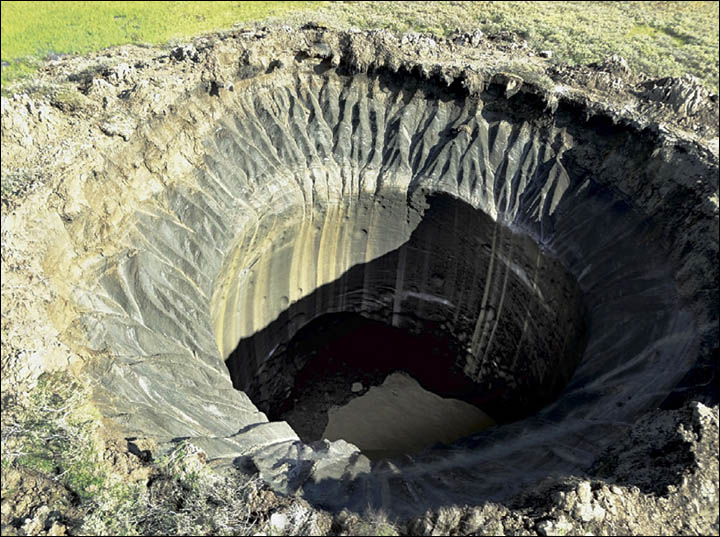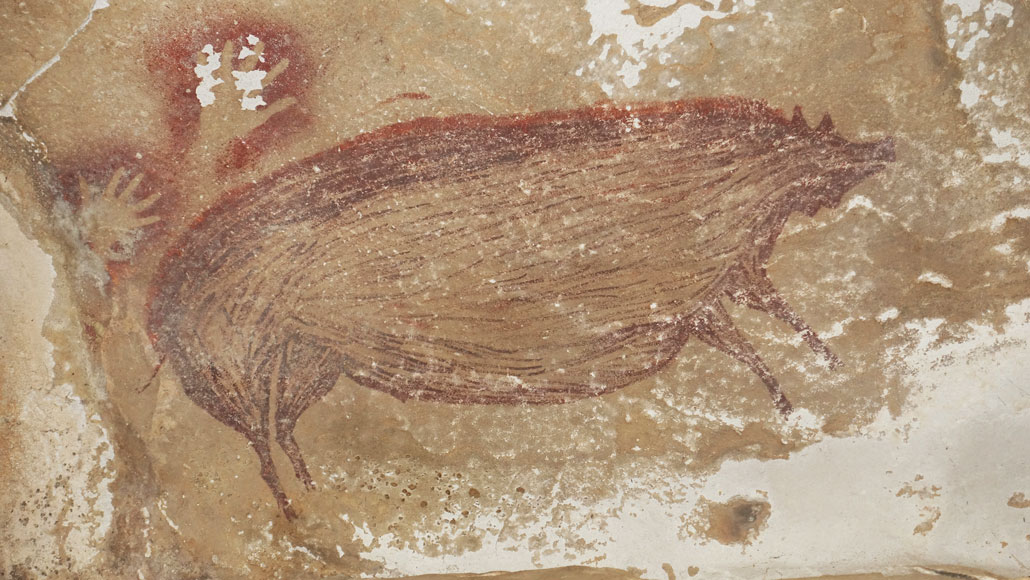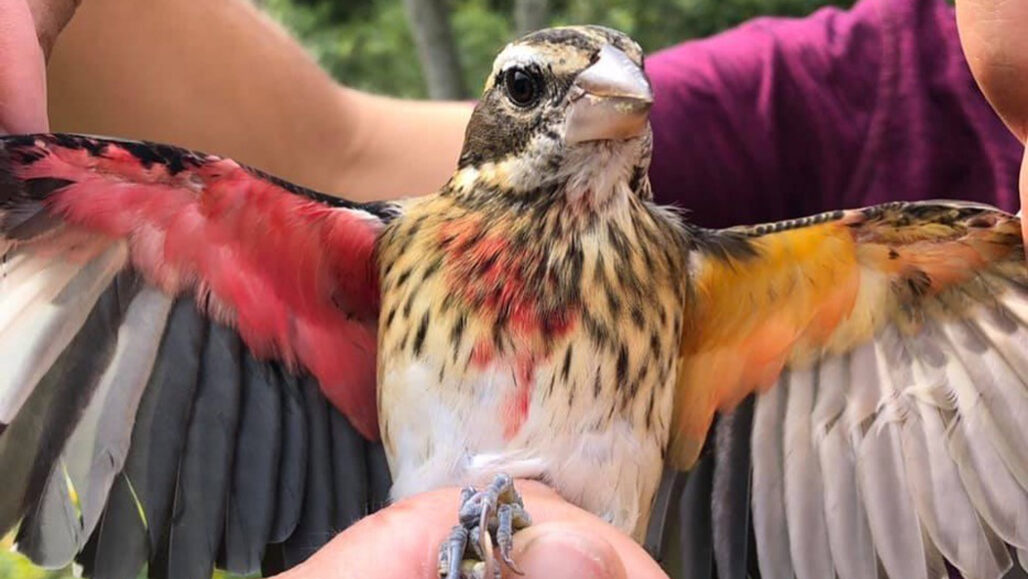OMG! Just what is going on round here? We’re already at the end of January! That means it is only 328 days to Christmas, so better start that shopping now. But before you do here is my monthly collection of links to items you may have missed.
Science, Technology, Natural World
First of all here’s yet another look at whether the universe was made just for us.
Much more fun though here is a physicist who is unravelling the knotty problem of knitting.

Meanwhile scientists are still trying to work out what is causing the exploding craters in Siberia. [LONG READ]
Scientists think they have finally solved the mystery of why wombats shit cubes.
Here’s another apparent oddity: some eagle rays in New Zealand have produced young despite no obvious male input.
London’s Natural History Museum finds 3800-year-old beetles preserved in a long-neglected bogwood specimen.
XKCD provides a remarkable insight into the world of bird and dinosaur evolution.
Health, Medicine
As usual I am avoiding all the articles on Covid-19, ‘cos you hear enough of that without me adding to the deluge.
However it is interesting to understand how we cope (or not) during a year without hugs.
Sexuality
Apparently we shouldn’t do it just before going to sleep.
Environment
There are all sorts of projects wanting to reintroduce lost species to the UK. We know about wolves and beavers, but now there’s a project which wants to reintroduce lynx to the Scottish Highlands.
There is also a movement to bring back Britain’s wonderful flower meadows.
History, Archaeology, Anthropology
A drawing of a pig in Indonesia may be one of the oldest cave paintings ever found.

There is increasing evidence that in ancient times female warriors were not uncommon. The first from Science News and the second from the New York Times.
Here’s Going Medieval on slavery, propaganda, and the politics of history. [LONG READ]
Leprosy was a feared disease in medieval times, but the leper had a conflicted existence of both good and evil.
What do you do when there isn’t a common, stable currency? Well, of course, you use eels?
While sodomy was considered more sinful, clerical sodomy presented considerably fewer challenges to the Medieval Church than clerical marriage.
Here’s a short history of the Tudor Whitehall Palace. [LONG READ]
Food, Drink
Absinthe has never been hugely popular in the UK, and unlike many European countries it has never been banned here. Despite that it is only now that London has it’s own Absinthe distillery.
So what really are the origins of haggis? Is it truly a Scottish delicacy or did the Scots appropriate it? [LONG READ]
Lifestyle, Personal Development, Beliefs
This Guardian article on atheism contains some really bizarre manifestations of non-belief. [LONG READ]

And finally … The curious and spellbinding history of cheese and witchcraft.





















 Katherine Rowland talked to 120
Katherine Rowland talked to 120